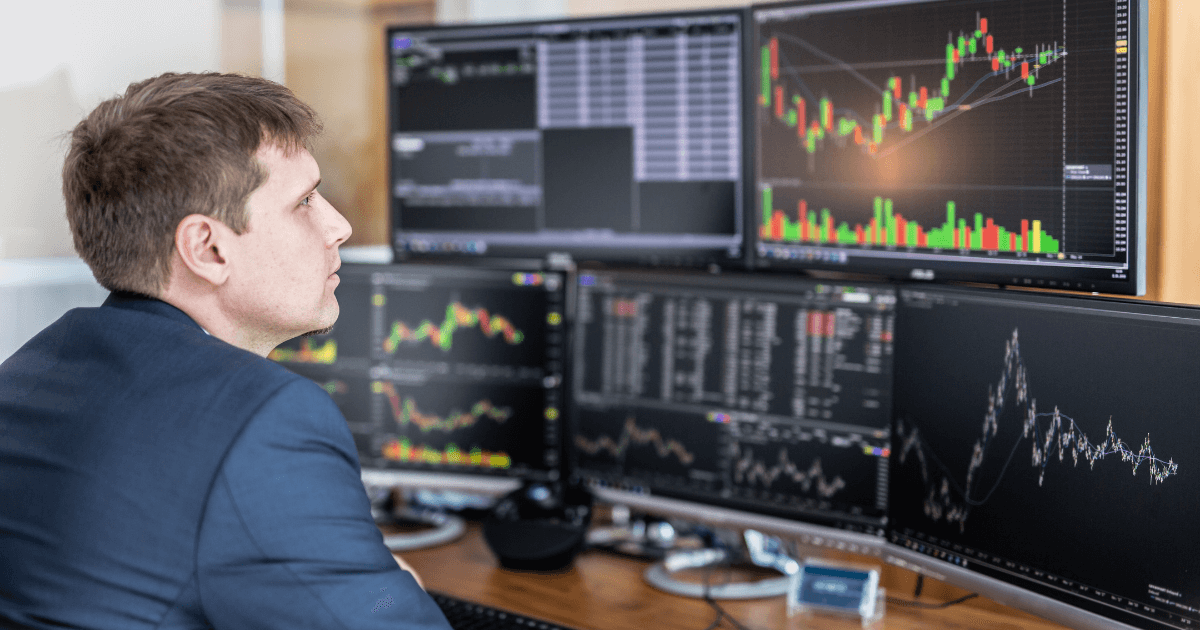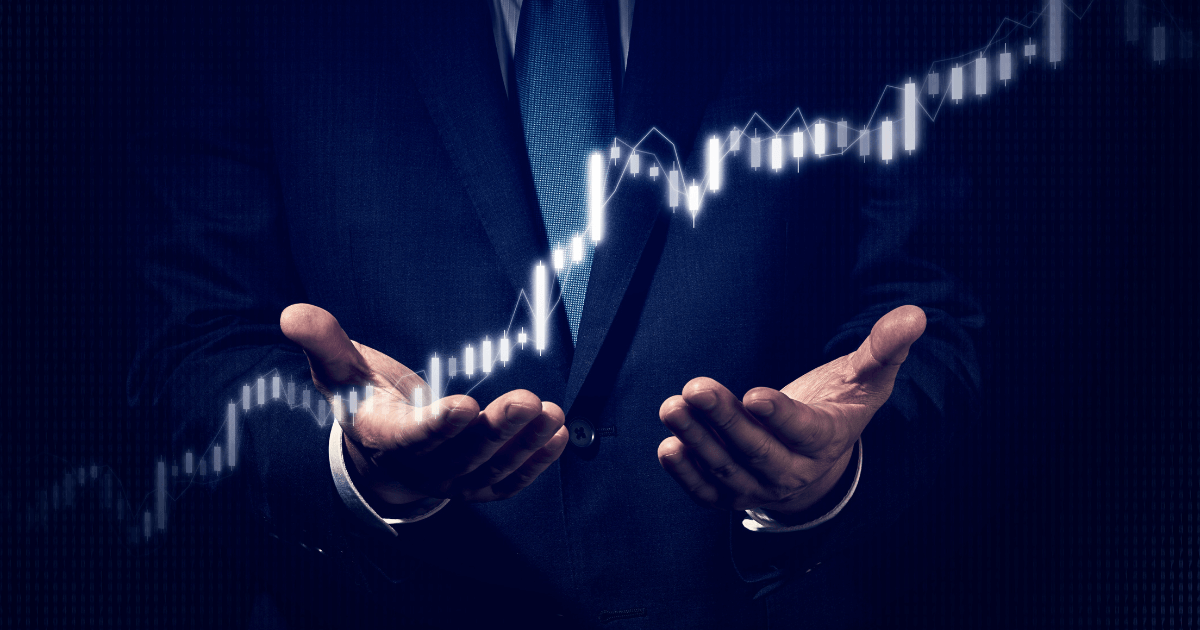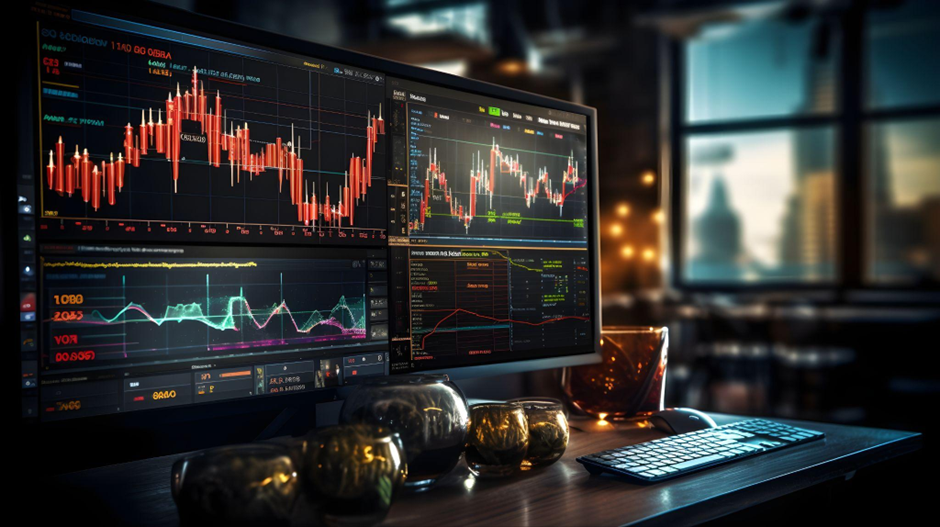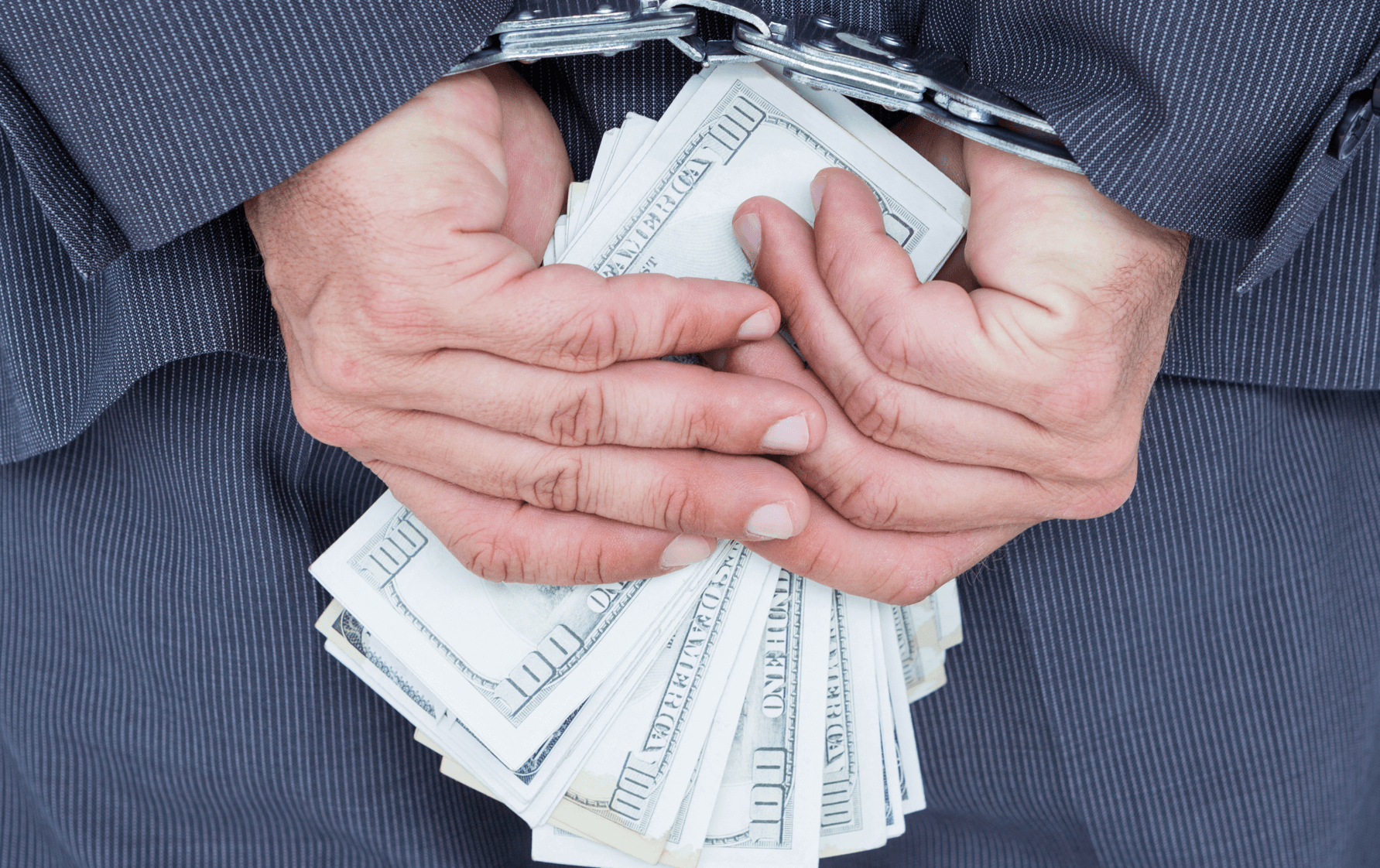“I know where I’m getting out before I get in”
This phrase is attributed to billionaire trader and entrepreneur Bruce Kovner. It summarizes one of the most important skills for a successful trader, which is the ability to recognize when it’s time to close a trade.
Even experienced traders sometimes get caught up in emotions such as hope or fear, closing positions too early or keeping them open longer than necessary.
In this article, we’ll look specifically at an extremely useful instrument for managing losing positions, namely the stop loss.
What Is a Stop Loss and How Does It Work?
A stop loss is perhaps the quintessential risk protection instrument. It is used by both discretionary and systematic traders to protect against excessive losses.
For discretionary traders, the risk of losing positions is to get emotional and keep red trades open in the hope that they will return to profit.
For systematic traders, on the other hand, the risk lies mainly in creating trading systems without stop losses (or other automatic position-closing mechanisms) that are therefore not programmed to close losing positions.
Needless to say, in both cases, there is a real danger of burning capital and jeopardizing your ability to continue trading in the long term.
The stop loss is a useful and popular instrument because it represents, as the name suggests, an indefensible loss limit. The trader decides the threshold below which a position should not fall, and if the limit is exceeded, the trade is closed limiting the loss to the amount specified by the stop loss.
In systematic trading, which is what we do at Unger Academy, if the stop loss level has been set correctly, this instrument can be used to avoid excessive losses and protect your capital.
How to Use Stop Loss in Systematic Trading
In discretionary trading, stop losses are usually placed at swing levels identified through chart analysis. For example, one can take period highs or lows as a reference and add a certain number of ticks of deviation to avoid the so-called “stop running” phenomenon.
However, we won’t go any further in our discussion of discretionary trading because as mentioned before, at the Unger Academy we teach and use a systematic trading method, the Unger MethodTM. This allows us to be profitable in the markets without spending hours and hours analyzing charts.
Regarding stop loss in systematic trading, the discussion is a little different than for the discretionary approach. In order to insert stop losses within trading systems, we need to create rules that allow a computer to identify automatic position closing levels.
Systematic trading offers the opportunity to evaluate the best options among all the types of stops in the trading arena.
Typically, systematic traders employ these types of stop losses:
-
Fixed-amount stop loss
This is the most common type of stop loss. To use this type of stop loss, we need to set as a threshold a fixed amount of money. If we’re trading futures, for example, this amount can refer to each contract: if we’ve decided that we don’t want to lose more than €2,500 per contract on Dax, we’ll set a stop of €2,500 per contract on Dax. -
Volatility-based stop loss
In this case, you’ll need an indicator that measures volatility, such as the ATR (Average True Range) or the standard deviation, and then add or subtract (depending on whether the position is long or short) the value of the ATR multiplied by a certain coefficient. The result of these calculations corresponds to the distance from the entry price in terms of stop loss.
Then there are other types of stop loss, for example, the stop loss calculated as a percentage. If you’re interested, you can get more details in this video.
Misconceptions about Stop Losses
Let’s look at some of the most common misconceptions about stop losses.
1. Don’t Set Any Kind of Stop Loss
To echo the quote with which the article began, it’s always good to know the limit beyond which we’ll abandon our position.
A strategy without any kind of stops isn’t safe at all. If you don’t want to use stop losses, there are alternative approaches to closing trades, such as stop and reverse and time exits. Andrea Unger discusses these in this short video.
2. Always Opt for Tight Stops
This error can lead to significant consequences depending on whether it’s made in backtesting or live trading.
2.1 Problems in backtesting
In systematic trading, the use of tight stop losses is dangerous because when backtesting with high timeframes (such as daily timeframes), the platform can’t correctly assess whether the stop loss was taken in the entry bar.
This happens very often because the distance between the entry price and the relevant stop loss is extremely small.
In cases where we want to backtest a strategy on a heavy market using a relatively narrow stop loss for the characteristics of that market, we can use faster time frames, such as 5 minutes, to have more reliable results.
2.2 Problems in live trading
Reducing stop losses too much can result in a reduction in the profitable percentage of trades. If we use a very tight stop loss on a heavy or very volatile market, we’ll risk closing positions before they have time to fully develop.
For example, if we place a stop loss of €500 in a system working on the DAX, which is a very heavy market, the strategy is likely to hit the stop during simple minor fluctuations that don’t represent a real trend. In other words, by using very tight stop losses, there’s a risk of closing out losing positions that could have been recovered.
Mind you, we aren’t talking about the hope that the losing position will recover, but the statistical probability that this will happen based on the characteristics and behavior of a certain market.
This risk is especially present when we trade in very volatile markets characterized by very large price fluctuations (for example, cryptocurrencies). In these cases, it makes more sense to set a wider stop loss to give the system more leeway.
How to Choose and Evaluate Stop Losses in Systematic Trading
Taking into consideration the fixed-amount stop loss (one of the types of stop loss mentioned earlier) you would need to identify a value that is neither too tight nor too wide.
In this video, you’ll find a detailed explanation of how to choose stop loss values when optimizing a system. If you want, you can skip the theory you’ve already read in this article and start from 9:30, where you find the tips for choosing and evaluating stop losses.
As you can see in the video, in addition to the amount of the stop loss, it’s also important to assess the stability of the parameters chosen. Avoid values that, while producing excellent results, turn out to be “isolated,” that is, they could be the result of randomness or errors in the data.
Conclusion
With this article, we hope that we explained the importance of a stop loss. We know that the temptation to hold an open position to the bitter end is sometimes very strong, but in the long run, the one who can impose rationality and discipline over the emotions of the moment wins in trading.
This is also why systematic trading is so advantageous since it allows us to set our strategies with a clear mind and let the machine execute our commands.










